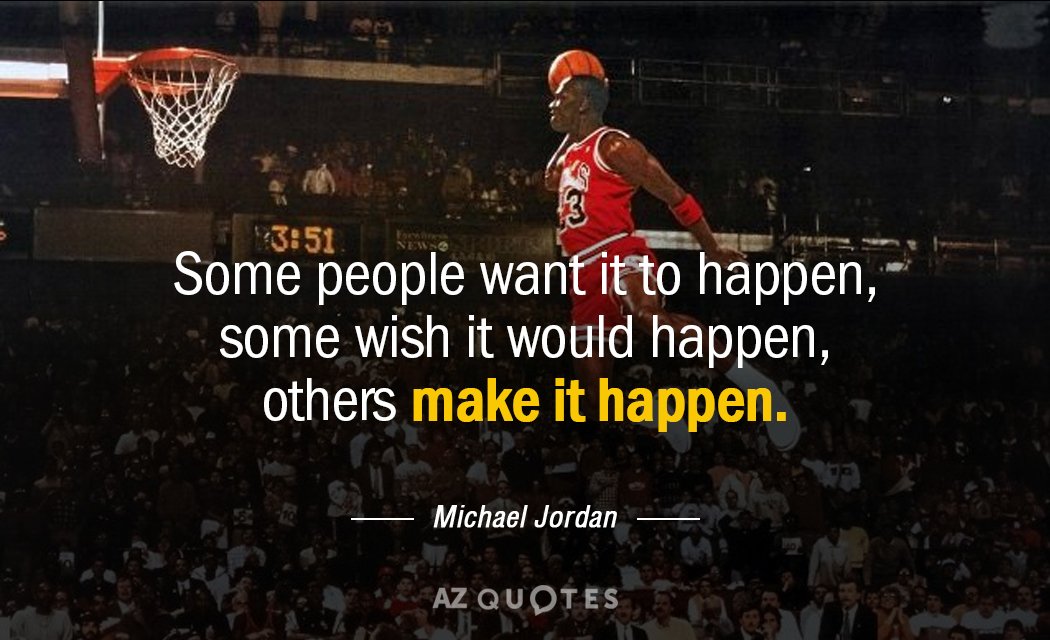Green Code: Engineering Sustainable Software
As software engineers, we are constantly looking for ways to build faster, more scalable, and more efficient systems. But we often overlook one critical aspect: sustainability. Just as in sports, where long-term success comes from balancing peak performance with endurance, sustainable software engineering is about creating systems that not only perform well today but also remain viable and efficient in the future.
Sustainable software engineering isn’t just a buzzword — it’s a mindset. It challenges us to think about the environmental impact of the code we write, the infrastructure we build, and the systems we maintain. How can we minimise our carbon footprint while still delivering high-quality, high-performance software?
Let’s dive into five key areas where we, as software engineers, can make a meaningful difference:
-
Green Code The first place to start is in the very foundation of our work — writing efficient, clean code. Like I mentioned in my previous blogpost, mastering the fundamentals is key. Writing efficient code not only improves performance but also reduces the energy consumption of the systems running it. By avoiding unnecessary complexity and optimising algorithms, we reduce the processing power required, which in turn reduces energy consumption and, consequently, reduces costs.
-
Green Infrastructure The cloud has changed how we build and deploy software, but it’s important to remember that behind every virtual machine or Kubernetes cluster is a physical server consuming real energy. As software engineers, we have the power to choose infrastructure that is more environmentally friendly. Many cloud providers offer options to run workloads in regions powered by renewable energy. Additionally, using serverless architectures or autoscaling solutions allows us to consume only the resources we need, reducing waste.
-
Green Data Storage Data centers are notorious for their high energy consumption. Every time we store data, transfer files, or load large databases, we’re tapping into an energy-intensive process. As engineers, we can reduce this impact by being selective about what data we store and how we store it. Do we need to keep every log file forever? Can we compress files before storing them? Are there ways to reduce the amount of data being transferred across networks?
-
Measuring and Monitoring Energy Usage Just as an athlete monitors their performance through detailed stats, we can measure the energy efficiency of our software. Tools like Cloud Carbon Footprint allow us to monitor the carbon emissions of our applications in real time. By incorporating energy usage metrics we can gather data on how our systems consume energy. The more data we have, the better equipped we are to make decisions about how to optimise for sustainability. This ongoing process of monitoring and improvement is at the core of sustainable software engineering.
-
Green Culture Sustainability isn’t just a technical issue — it’s a cultural one. As software engineers, we have the ability to lead by example and create a culture of sustainability within our teams and organisations.
This means always thinking about the environmental impact of our systems, promoting the use of green infrastructure, and ensuring that sustainability is a priority during the design and development processes.
To sum it up
Sustainable software engineering is not just about writing better code — it’s about thinking long term and understanding the impact of the systems we build. Just like in basketball, where every pass, every shot, and every practice adds up to long-term success, every line of code and every design decision we make contributes to a more sustainable world.
To close with the wisdom of Michael Jordan:

“Some people want it to happen, some wish it would happen, others make it happen.”
As software engineers, we have the power to make sustainability happen through the choices we make every day. Let’s use that power wisely.
